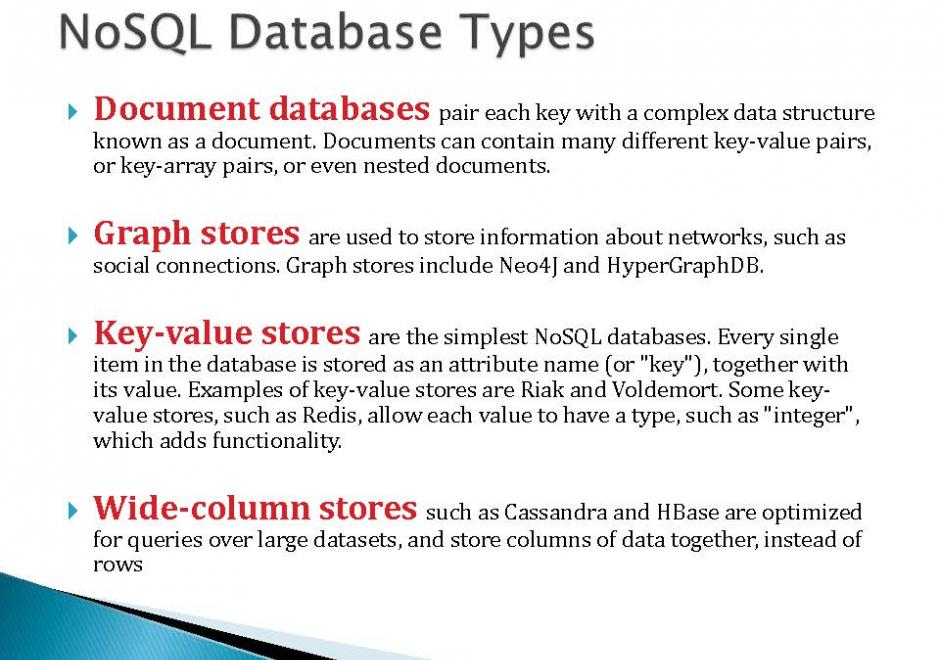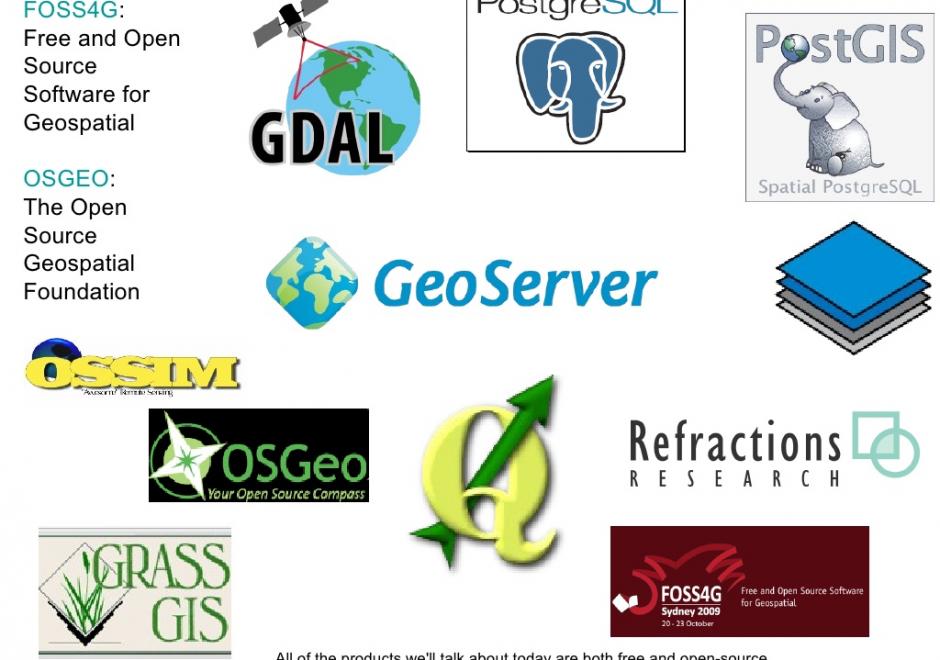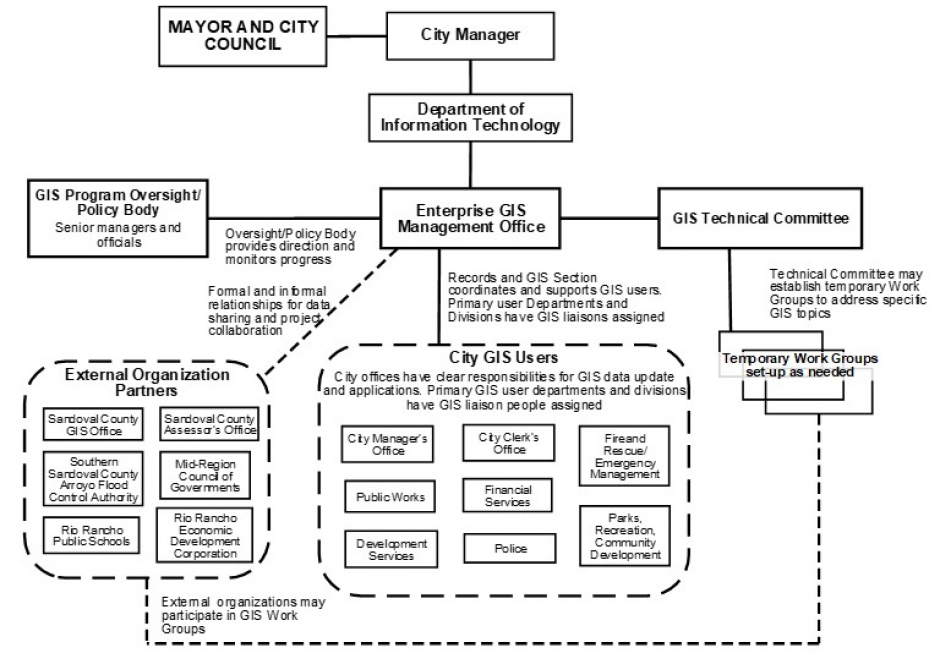DM-67 - NoSQL Databases

NoSQL databases are open-source, schema-less, horizontally scalable and high-performance databases. These characteristics make them very different from relational databases, the traditional choice for spatial data. The four types of data stores in NoSQL databases (key-value store, document store, column store, and graph store) contribute to significant flexibility for a range of applications. NoSQL databases are well suited to handle typical challenges of big data, including volume, variety, and velocity. For these reasons, they are increasingly adopted by private industries and used in research. They have gained tremendous popularity in the last decade due to their ability to manage unstructured data (e.g. social media data).




FC-19 - Networks Defined
A network is a widely used term with different definitions and methodologies depending on the applications. In GIS, a network refers to an arrangement of elements (i.e., nodes, links) and information on their connections and interactions. There are two types of networks: physical and logical. While a physical network has tangible objects (e.g., road segments), a logical network represents logical connections among nodes and links. A network can be represented with a mathematical notion called graph theory. Different network components are utilized to describe characteristics of a network including loops, walks, paths, circuits, and parallel edges. Network data are commonly organized in a vector format with network topology, specifically connectivity among nodes and links, whereas raster data can be also utilized for a least-cost problem over continuous space. Network data is utilized in a wide range of network analyses, including the classic shortest path problem.